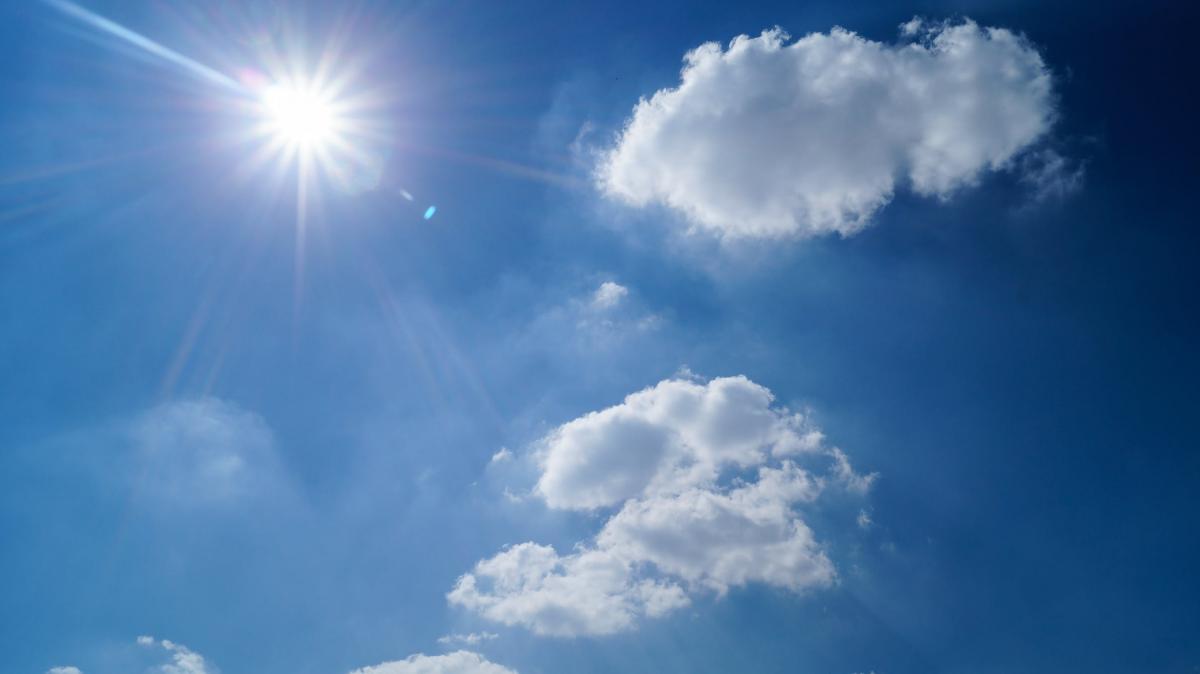
The dog days of summer are upon us and so is an extreme heat warning for the upcoming week. Take a look at the warning signs of dehydration and important tips to stay hydrated and safe in the above average temperatures!
Symptoms of dehydration include:
- Extreme thirst
- Less frequent urination
- Dark-colored urine
- Fatigue
- Dizziness
- Confusion
- Muscle cramps
- Nausea, dizziness or confusion
At first, dehydration triggers the feeling of thirst as a powerful motivator to get people to drink more fluids. If the fluid intake is not sufficient enough for the body’s needs, dehydration becomes more severe, sweating decreases, urine output is decreased and water moves from inside the cells into the bloodstream in order to maintain the necessary amount of blood volume and pressure. If dehydration continues to progress, the tissues of the body literally begin to dry out and malfunction causing shock and severe damage to internal organs like kidneys, liver and brain. If left untreated, the person can slip into a coma.
How to Hydrate
Did you know that when your thirst response kicks in and you actually start to feel thirsty, your body is already slightly dehydrated? And when you’re already at a deficit, it’s hard to get ahead. Which is why it’s critical, especially in hot, humid or especially dry environments, to stay on top of your hydration game throughout the day. Hydration experts from NIOSH, ACGIH, and OSHA recommend drinking 5-7 ounces of water or a sports drink every 15 - 20 minutes. It’s better to be periodically drinking water throughout the day rather than just chugging a couple of bottles during a break or at lunch. Drinking consistently throughout the day helps to better regulate your core temperature and reduces strain on your cardiovascular system by keeping steady consistent body temperature. How to Prevent Dehydration on the Job As a general guideline, the recommended amount of water intake is one quart per hour of active work or exercise for the average adult. That is the equivalent of 128 ounces (3.78 liters) every four hours at minimum. Per OSHA, it’s also suggested that the water intake be distributed over time (every 15 minutes during a shift).
Tips for staying hydrated on the job
- Drink water before, during and after your shift
- Drink 5-7 ounces of fluids every 15-20 minutes
- Keep individual containers of cool, clean water within easy reach at all times
- Drink cool water, which is absorbed more quickly by the body rather than warm or very cold water
- Try sports drinks with carbs and electrolytes to replenish those lost in sweat
- Avoid coffee, tea and soda which act as a diuretic, and obviously, never drink alcohol during work. Try to limit or eliminate alcohol even after work if possible as it further dehydrates you
How to gauge your hydration
If you are following the guidelines above, and you aren’t feeling thirsty, the best way to gauge proper hydration is the color of your urine. If it’s a pale or very light yellow, you’re hydrated and should stay the course of your fluid intake. If it’s completely clear, you’re overhydrated (yep, that’s definitely a thing) and may need to scale back your intake slightly. The darker your urine, the more dehydrated you are and the more you should focus on drinking until it gets to that very pale color. Dehydration is more than just feeling thirsty, it can have serious repercussions and can affect productivity and your overall health.
